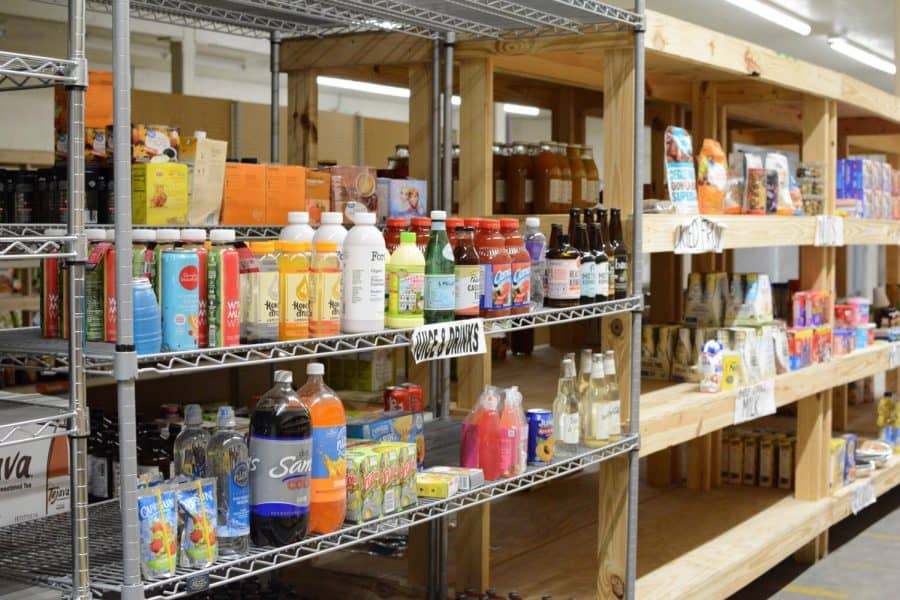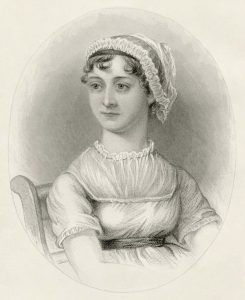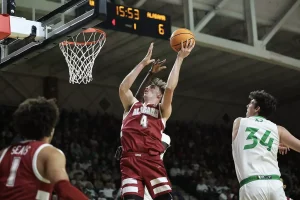Tuscaloosa Can contest raises more than 16,000 pounds of food
March 20, 2019
Though it’s easy to view food scarcity as a distant problem and assume these situations are more pressing in other communities, a survey conducted by the West Alabama Food Bank revealed that nearly 60,000 children in West Alabama alone are forced to skip meals because of household income.
Tuscaloosa schools’ participation in the annual Tuscaloosa Can contest is a collaborative and creative approach to address food insecurity in this region of the state as students create designs out of canned foods.
Five years ago, Tuscaloosa elementary schools engaged in “Canstruction”, a nationwide competition aiming to kickstart local competitions and food drives, through one of the organization’s junior events. The program expanded and garnered attention over its first years of participation, collecting tens of thousands of pounds of food and expanding beyond elementary school students.
As the program evolved and found its place in the greater Tuscaloosa community, so did its name. This year, the competition became known as Tuscaloosa Can to make it more locally appropriate.
The 20 teams participating in this year’s contest collectively raised more than 16,000 pounds of food.
Jeffrey Schultz, fine arts coordinator for Tuscaloosa City Schools, has been with the program since its conception.
“The whole program for us is educational,” Schultz said. “It’s a model for problem-based learning. It introduces students to the issue of world hunger, but more importantly for us, regional hunger. We present the problem, and the students get to create a solution.”
Teachers serve as sponsors for the teams as they plan, raise canned goods of the correct color and size for their design and assemble the structures that are then displayed at the Dinah Washington Cultural Arts Center on the first Friday of March. The entire process involves a collaboration between students, teachers serving as sponsors and the community supporting the program.
After the projects have been displayed to the Tuscaloosa community, the materials used for the structures are donated to the West Alabama Food Bank, a partner agency of Feeding America.
West Alabama Food Bank Executive Director Jean Rykaczewski said the mission is to support the nine counties of West Alabama by providing food to those who are food insecure. Prior to her work a the food bank, she was a schoolteacher. She emphasized the value of a project that encompasses creativity and STEM curriculum elements while simultaneously taking a service-based learning approach.
“The children can also learn about empathy and taking care of others and supporting their communities, which is a way to just encapsulate a great program,” Rykaczewski said. “It’s a very interactive program, and the kids are just delighted by it.”
The results to the Tuscaloosa Can contest are as follows:
Best Meal: Verner Elementary (K-5), Northridge High (6-12)
Best Use of Labels: The Alberta School of Performing Arts (K-5), Eastwood Middle (6-12)
Most Creative: Woodland Forrest Elementary (K-5), Tuscaloosa Magnet Middle (6-12)
Structural Integrity: Skyland Elementary (K-5), Northridge Middle (6-12)
Student Choice: University Place Elementary (K-5), Tuscaloosa Magnet Middle (6-12)
Public Choice: Central Elementary (K-5), Eastwood Middle (6-12)
Community Public Service: The Rise School










